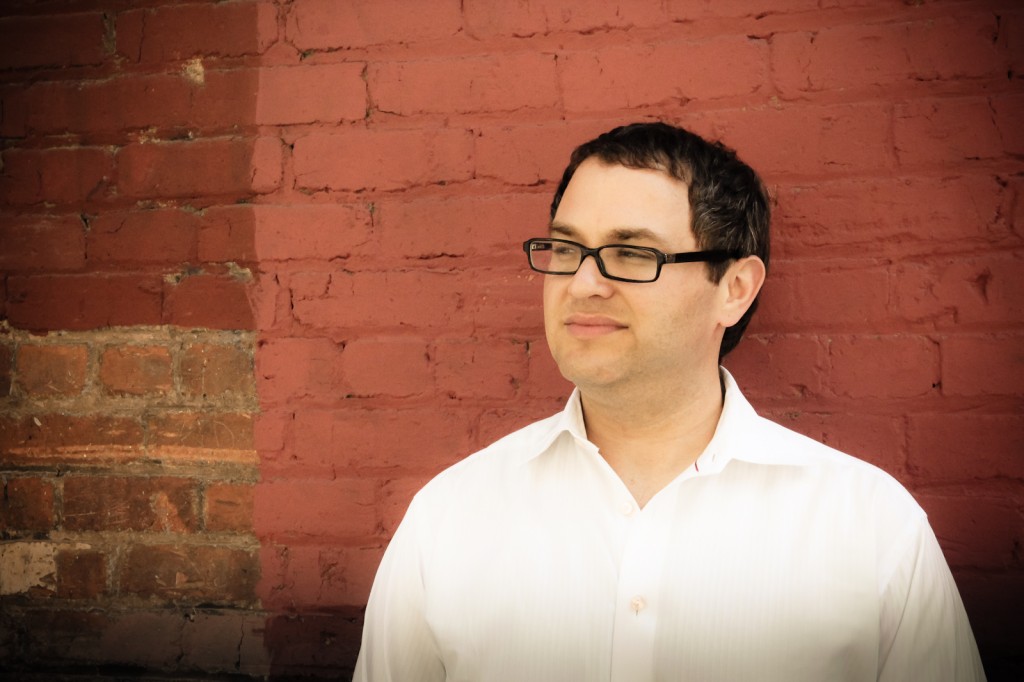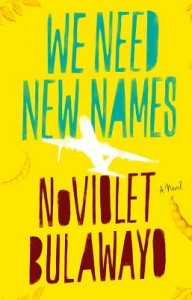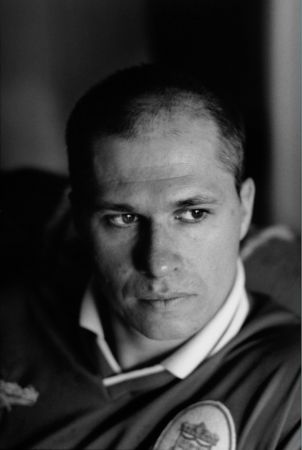“A classic is a book that has never finished saying what it has to say.”
-Italo Calvino
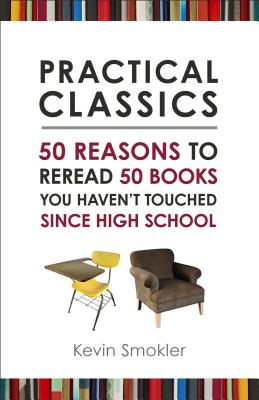
For Kevin Smokler, author of Practical Classics: 50 Reasons to Reread 50 Books You Haven’t Touched Since High School, which has just been released by Prometheus Books, Calvino’s dictum rings true. As a “righter-than-thou” highschooler, Smokler says he got off on the wrong foot with The Classics—“Those grown-up books you were forced to read as a teenager whether you wanted to or not.” But last year, at thirty-nine, Smokler set out to set the record straight. He revisited coming-of-age classics like Huck Finn and labored over coming-to-work classics like “Bartleby the Scrivener.” He riffed on coming-to-theory classics like Marshall McLuhan’s Understanding Media, while digging through modern coming-to-meta-narration classics like Tim O’Brian’s The Things They Carried. In a recent interview with NPR, Smokler said he considered a wide range of books before finally whittling his list down to fifty. With so much important literature, old and new, that didn’t make the cut—Calvino, Baldwin, Díaz—Smokler is definitely thinking about Practical Classics 2.0.
Smokler’s chapters, full of wit and candor, fall into ten thematic chapters that move through various stages of life—youth, love, work, loss, the future. Sandwiched between a praiseful essay on Margaret Atwood’s prolific career (she’s basically the Madonna of literature) and a love song to Borges, Smokler nods to the not-so-prevalent-in-high-school Philip K. Dick novel Do Androids Dream of Electric Sheep? This inclusion affords the author the chance to delve into the oft-discussed business of film adaptation. Despite the fourteen years between Ridley Scott’s 1982 film Blade Runner and its source material Do Androids Dream of Electric Sheep?, Smokler says the two stories “have the same beating heart.” Both get to the nuts and bolts of identity crisis and what it means to be human; “their mirage-like complexity only underlines what they have in common.”
About his own book-to-screen experience, David Mitchell took up the subject last fall in an essay for The Wall Street Journal, just prior to the release of Andy and Lana Wachowski’s film version of his 2004 novel Cloud Atlas. He writes: “[the] ‘there-and-back’ structure always struck me as unfilmable, which is why I believed that Cloud Atlas would never be made into a movie.” Musing on “how a novel’s structure must be made ‘film-shaped,’” Mitchell pulls together a list of “habits of successful adaptations.” For example: “The bagginess of novels becomes cinematic tautness” and “Suggestiveness in novels becomes exactitude in film.”
In Smokler’s Phillip K. Dick essay, the author makes a similar critique, though not about Blade Runner. Rather, he expresses the sentiment about the book itself, saying that Dick’s “larger philosophical points can come across as a bit intrusive and lecture-y, as if he had to throw the narrative brakes on just to explain what the story meant.”
One of Smokler’s two other Sci-Fi chapter inclusions, Burning Books: One Crappy Job, epitomizes the quality of his structural writing approach. Did you know Ray Bradbury wrote the first draft of Fahrenheit 451 on a 20-cent-per-hour rented typewriter in the UCLA library in two weeks? Smokler’s “Hey, Martha!” lead-in triggers a brief commentary on the cultural currency Bradbury’s novel has carried since its publication in 1953. Then, after moving from modern-day relevance to a few lines focused on how to read the book, Smokler signs off with a practical summation:
…I like to give Fahrenheit 451 to anyone ready to get out of their current job. Guy Montag leaving the fire department meant leaving his whole world behind. Unlike Guy Montag, we all have the option, as Mr. Bradbury did, of finding our own quiet room to work somewhere else, amongst friends or at least with duties that do not burn us from the inside.
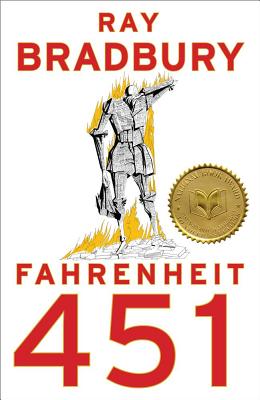
Putting literature to practical use is not a new invention, but what’s refreshing about the practice in this light is how Smokler pits this sort of practical gifting-as-guidance against the reduction of literature to “a letter grade and a dusty old obligation.” Read for pleasure. Read for edification. Read for practical purposes. But do not read for an A+.
For Smokler, great books derive their greatness by speaking to us at the most formative moments of our lives, moments that often ripen retrospectively. At the heart of Smokler’s book, then, is the awareness that in high school—though anytime, really—we are too immersed in the process of formation to coherently make meaning from what our experiences are telling us. Only later, standing at the crossroads of memory’s infirmity and history’s insufficiency, can we adequately feel the charge of what Smokler calls a formative moment. Only then can we write books like Practical Classics. Only then can we properly read a character like Holden Caulfield and enjoy the significance of “grown-up” stories like The Great Gatsby.
“They [the books] haven’t changed,” says Smokler, “We have. We are ready for them.”
But why, even if we are ready for them, should we spend our time revisiting them? According to Smokler, the answer is twofold.
One: Great books that have run the trial of time should “point us toward how to lead a great life,” right? Voltaire’s Candide, the tale of young man who in chapter one is taught that he is living in the best of all possible worlds and in chapter two finds himself in the worst possible world, serves as an example of how didactic literature is never finished saying what it has to say. In this chapter of Practical Classics, entitled “Candide Says Relax. Then Get To Work,” Smokler writes,
I prefer to see it as one of the great testaments to Voltaire’s genius—the ability to pack this much gold into a pouch rather than a vault. And maybe that’s the best reason, besides [lessons on] hard work, besides humility, and a macro-rather-than-me perspective, to read Voltaire as a grownup, particularly if we are the parents or mentor of teenagers. It shows us how much can be said with just a few correct words.
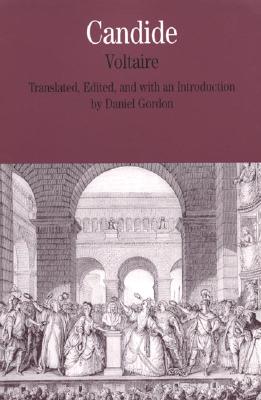
Two: As “omnivores of the 21st century, with all the competing demands of movies and television, music, video games, and social media,” as Smokler says, the appreciation of art that is created to last in our here-this-morning-gone-by-noon culture is an appreciation worth savoring and perpetuating. But Smokler is not a canonist. He makes a point to include books that were not assigned to him in high school, but hopes are assigned now. Sherman Alexie gets a chapter.
I first read Alexie in college, in an American Literature course in which all the students, for the duration of the course, subscribed to the New Yorker. The story we read, now a much-taught text in English classrooms across the US, was “What You Pawn I Will Redeem.” At the time, living in Beacon Hill, Seattle, I read Alexie’s story just well enough to briefly talk about its characters and themes in class. I probably penned in the margins things like Reparation? and Hope! and probably a few Hahas and frown faces because Alexie is, by turns, hilarious and heavyhearted.
Just now, pausing from writing this to test the theory of Practical Classics, I reread “What You Pawn I Will Redeem.” And I’ll tell you, without going into Smokler-like detail, that he’s right: it was well worth reading again. Yes, I’ve changed, I’m perhaps more ready for it now; but so too has the world changed around me, and for that reason, as well, these texts will never be finished saying what they have to say.
Links and Resources
- For more on this book, or information about Smokler’s other work, please visit the author’s Website.
- Listen to Smokler’s NPR interview on his new book.
- Read David Mitchell’s essay “Translating Cloud Atlas Into the Language of Film,” from the Wall Street Journal.

